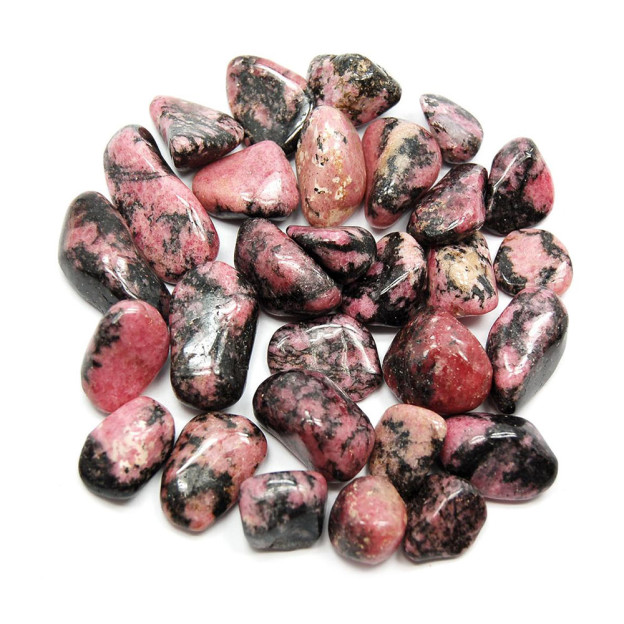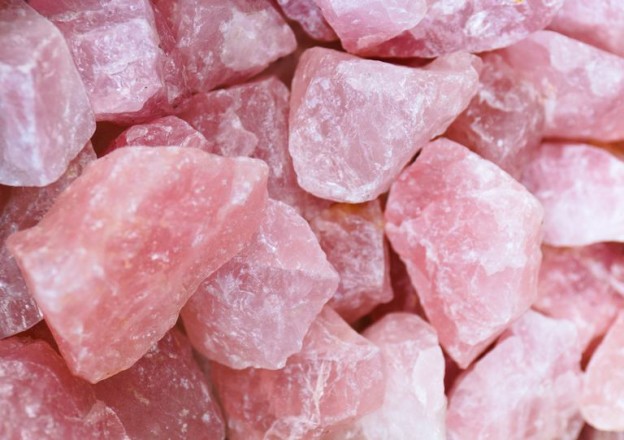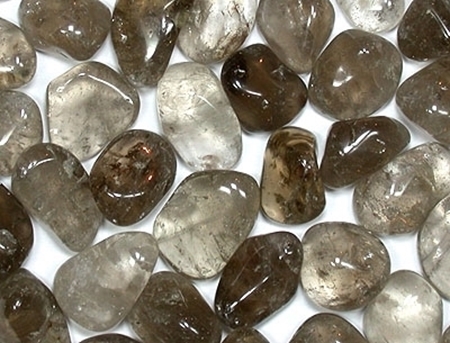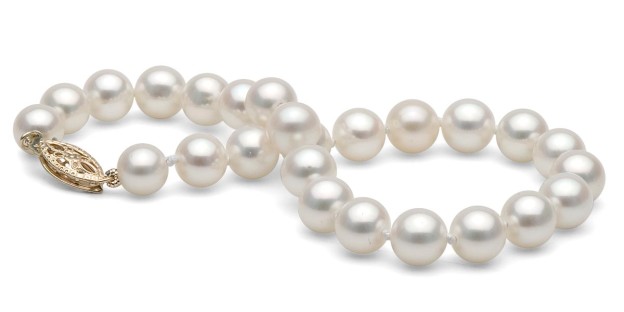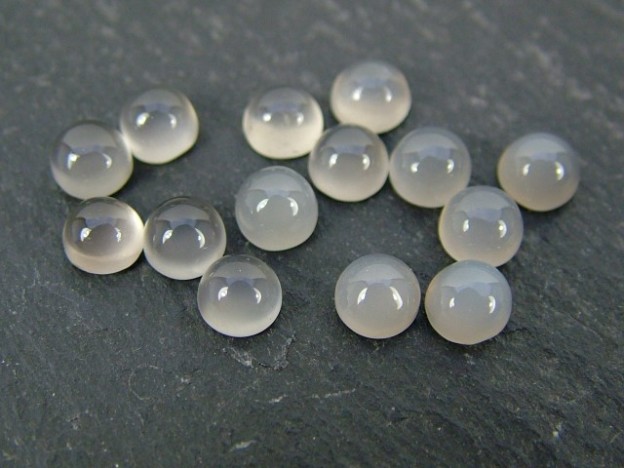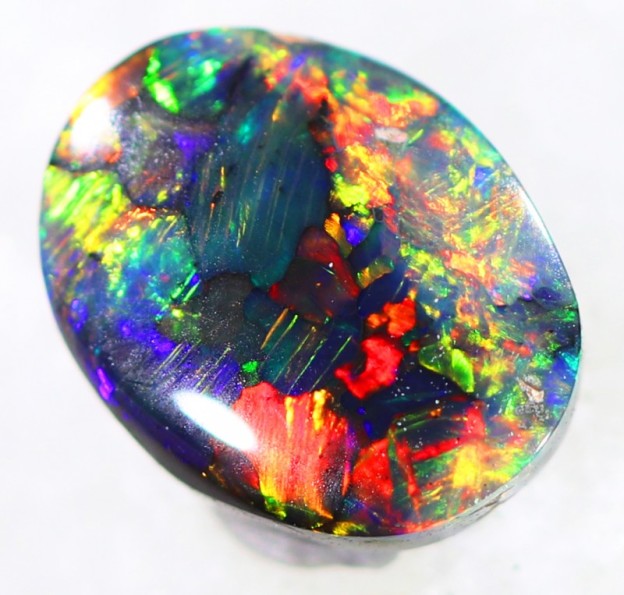PHYSICAL AND OPTICAL PROPERTIES OF RHODONITE
Rhodonite is a mineral belonging to the group of silicates and the family of pyroxenoids. Its main components are manganese and silicon, with some iron, magnesium and calcium, and its formula is: Ca Mn4 [Si5 O15]. Red in color, it is translucent, rarely transparent. Its brilliance is glassy, pearly and its perfect cleavage. It is found in crystals in the form of prisms or tablets, arranged in aggregates grained and massive, and its crystalline system is triclinic. Rhodonite sometimes has dark red luminescence.
THE COLORS OF RHODONITE
Rhodonite comes in all shades ranging from pink to red-brown, passing through magenta, sometimes with fine gray or black dendritic inclusions.
THE MAIN DEPOSITS OF RHODONITE
Rhodonite is formed by contact metasomatism, or in metamorphic rocks as well as in hydrothermal veins. It is found in manganese ores, and is often associated with other minerals. Thus, in New Jersey in the United States, it is accompanied by calcite, franklinite and willemite, while in North Carolina it is found with galaxite, magnetite, tephroite among others. In Australia, Brooken Hill is associated with galena and spessartine. There are special varieties of rhodonite, such as fowlerite, rich in calcium and zinc, from Nevada and New Mexico; hsihutsunite, very rich in calcium, which comes from the Beijing region of China; and keatingin, a variety of fowlerite particularly poor in MnO18.
THE ADVICE OF OUR GEMOLOGIST: HOW TO CHOOSE YOUR RHODONITE
The choice of a rhodonite is essentially due to its color (pale pink, bright pink, red, with the black spots and lines of the inclusions); as well as the quality of polishing and size. Rhodonite is usually cut into round pearls or cabochons, but other forms are possible. Some Australian rhodonites, quite transparent, are cut into diamonds or degrees.
METALS ASSOCIATED WITH RHODONITE
Rhodonite is a very affordable stone that lends itself to the creativity of jewelers, as well as costume jewelery. It is associated with all types of metals, but rhodonite jewelry is mainly made of silver.
STORIES AND LEGENDS ABOUT RHODONITE
The name of the rhodonite comes from the Greek “rhodon”, pink, root word also of the rhododendron plant or another mineral, rhodochrosite.
In ancient Rome and Greece, rhodonite was worn as protective amulets against the attacks of malandrins…
A trade book dating from the sixteenth century describes this stone as beneficial: it would bring to its owner joy, intelligence and memory all preserving his honor.
This mineral is very popular in Russia, where it has been used to make all kinds of objects and also as decoration material for buildings. Thus, the Tsar Alexander II, who was emperor of Russia from 1855 to 1881, father of 16 children of several different women, became widowed for the first time in 1880. He had made for his deceased wife, Maria Alexandrovna, a tomb carved in a single block of 49 tonnes rhodonite, the largest ever found in the Urals! The sarcophagus itself weighed seven tons. In the museums and palaces of St. Petersburg, one can admire vases, rhodonite basins and even columns covered with this stone.
VIRTUES AND BENEFITS OF RHODONITE
Rhodonite is adorned with many virtues in litho therapy. It would be a balancing stone, protective and restorative.
Balancing, it would calm stress, especially during exams, and the overflowing of emotions; it would regulate the heart rate and activate the heart chakra. It would be particularly effective for adolescents who lack stamina and courage, and it would boost their learning and anxiety management skills. It would also be suitable for people with jealous tendencies, because of its trust-building and relationship-building properties.
Protective, like many gems with soft and pink tones, it would bring tenderness and sweetness, open the spirit of its wearer to others and promote affectionate relationships. On a physical level, it stimulates the immune system to better defend against diseases. It would have soothing properties against insect bites. Finally, it would help to find a good sleep if it is put on his heart at bedtime.
Restorative, it would help to overcome the emotional wounds and trauma of the past. To do this, some recommend taking a bath in which dip a few pieces of rhodonite. It would also have some effectiveness in resorbing painful joint inflammation, if applied to the area concerned. It would overcome negative emotions while giving them a positive potential.

